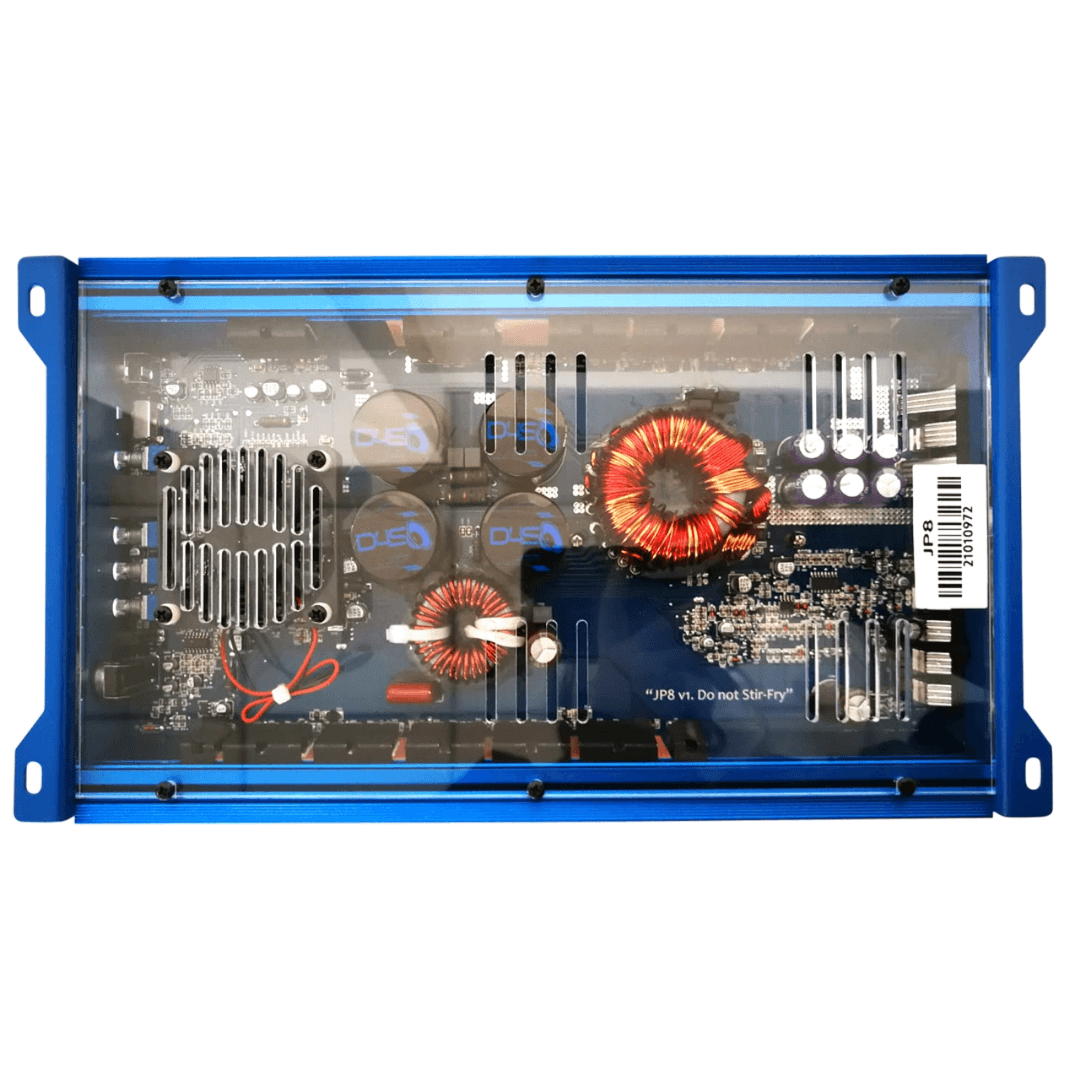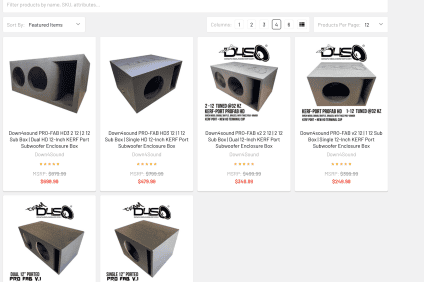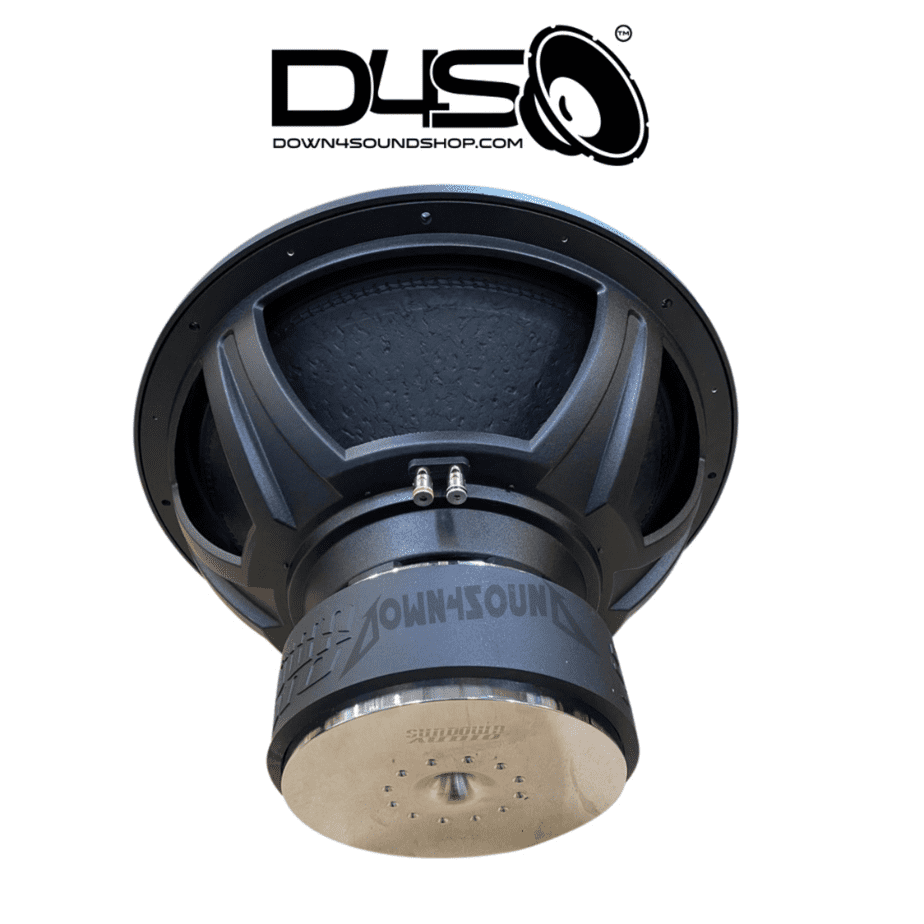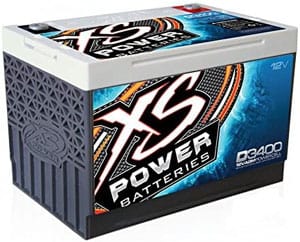When choosing an amplifier, should you choose a Korean, Brazilian, or Chinese brand, and what are the differences between these amplifiers? Or is there even a difference?
In this post, I will discuss with you some of the rumors about where your amplifier is manufactured and help you to decide which would be the best choice for your build and your goals.
Differences

Korean and Chinese amplifiers are usually overly built and tend to take abuse rather well. This trade-off, though, is that these amplifiers give up a little efficiency because of their traditional designs. They also tend to be a little more expensive due to the increase of internal parts such as capacitors, and because of the added heat sink to the chassis. The added internal parts and larger heat sinks are a factor that increases the size of these amplifiers. The higher the RMS power output of a Korean or Chinese amplifier, the larger it will be.
Brazilian amplifier manufacturers use technology that boosts the voltage of the amplifier, thus lowering the current. This design feature makes most of the Brazilian amplifiers more efficient. Another plus of the Brazilian amplifiers is the cost. Because they require fewer internal parts, like capacitance, the overall cost of a Brazilian amplifier is usually lower than its Korean or Chinese counterpart and this need for fewer internal parts also allows for the Brazilian amplifiers to take up less space because of their smaller footprint. With Brazilian amplifiers, the user must be aware that they are highly sensitive to voltage changes and can not withstand extreme abuse.
Which Is Better?
This will probably fire a lot of people up, but I’m going to start by setting the record straight right now, there isn’t one that is better than the other, it is all personal preference and opinion. The facts are that an amplifier’s reliability and performance all depend on the components that are used for the internals of the amplifiers, not the origin of manufacture. There are equally good amplifiers coming from all three of these geographic locations.
Why The Rumors Of Which Is Better?
Most of the rumors and false information about why and which amplifier is better all boils down to the people using them. Most of the users have developed their opinions on specific amplifiers because of their inexperience with car audio. Incorrect installations and the lack of a proper supporting electrical system can be blamed for many of the so-called faults with specific amplifier manufacturers. All of these issues have led to false allegations and rumors about the quality, reliability, and performance of some of these amplifiers.
Pros and Cons
Let’s take a quick look at the pros and cons of the various amplifiers and see what makes each of them unique.
Brazilian Amplifiers
Pros:
- Cost
- Small footprint
- Efficient
Cons:
- Voltage-sensitive
- Cannot take abuse
- Can be noisy
Korean/Chinese Amplifiers
Pros:
- Overbuilt
- Can take abuse
- Large heat sinks
Cons:
- Cost (sometimes)
- Large footprint
- Can be inefficient
Though there are pros and cons to each style of these amplifiers, this does not correlate to any of them being a bad product. As stated previously in this post, the origin of manufacture does not dictate quality, reliability, or performance, the components used to build the amplifiers do.
Conclusion
I hope this post has shed a little more light on the controversy of which amplifier is better, Korean, Chinese, or Brazilian. Each one of these amplifiers can perform equally well if handled in the correct way. If you are new to car audio, I would recommend, however, to steer away from the Brazilian amplifiers for now, because of their sensitivity to voltage fluctuations. But other than that, any of these amplifiers would work for your build.
If you haven’t already, head over to Down4Sound Shop and take a look at our huge inventory of amplifiers. We have the largest selection of amplifiers by all the brands you love. We strive to be your #1 source for amplifiers and car audio in general.-




comments (0)